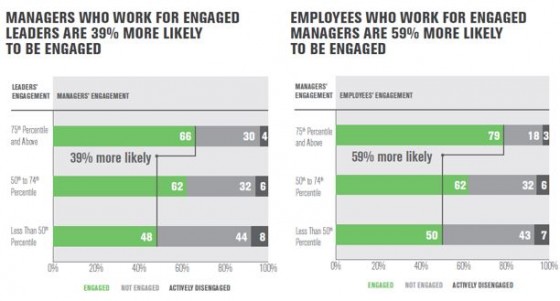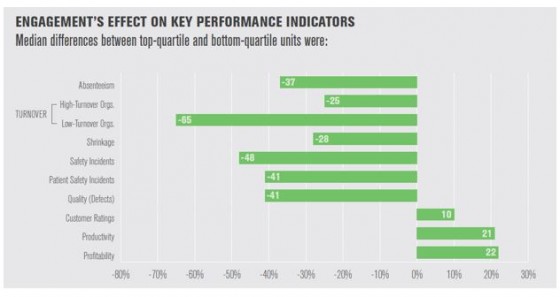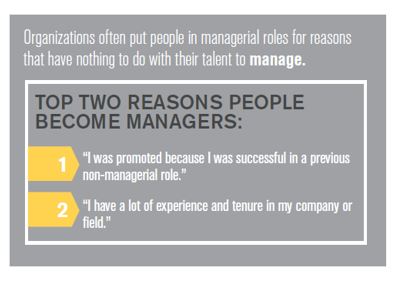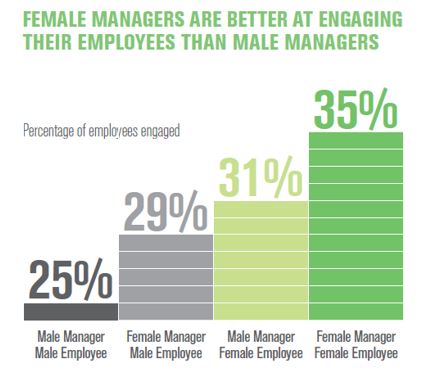Risk managers, understandably, spend most of their time worrying about external threats. But occasionally we are forced to acknowledge that our own organizations can be the most fertile seedbeds of risk.
Gallup’s State of the American Manager report is one of those inputs that should compel organizations to look inward. Gallup lays out startling data on the woeful state of American managers: most are disengaged, compelling their employees to perform at much lower levels. Prevailing promotion and hiring practices are big culprits, as a small minority of people given management roles actually have the skills to succeed with leadership responsibilities. A lot needs to change to recover all of the lost productivity.
According to Gallup, about 82% of managers lack the appropriate skills for their positions. Poor hiring practices beget low engagement with the job and organization: 65% of managers say they are either not engaged, or actively disengaged.
Essentially, managers are phoning it in. Many readers won’t be surprised by this; most of us have had bad bosses at one time or another, and Gallup found that exactly half of American workers have left a job just to get away from a dreadful manager. They also found strong a strong correlation between manager quality and employee engagement:
All told, managers account for “at least 70% of the variance in employee engagement scores across business units.” And it’s powerful to see the effects of low employee engagement on productivity:
What does all of this poor managing cost? Gallup claims the current situation drains $300–$400 billion from the U.S. economy each year.
The extent of this problem, and its effects, are staggering.
Thankfully, the solutions are easy to articulate. We have vast ranks of unsatisfied and unengaged managers because we are putting the wrong people in leadership positions. Too many organizations plot career paths based on title, not talent.
A great front-line employee might not be a great manager, but that’s how we typically promote people:
Reason #2 is the other systemic problem: promoting based on seniority. High-performing organizations, on the other hand, promote based on performance rather than who’s next in line for a title change.
Sub-par hiring and promotion practices continue, of course, because overhauling them is a huge job with large up-front costs. Whole company cultures need to be changed in the process. Many (most?) organizations obviously prefer to stick with the status quo.
Are there any quick fixes that can help turn the tide?
Actually, yes. Something companies can start doing right away: hire and promote more women into management roles:
Access to the full Gallup report can be found here.





This is a fantastic post and it hits the nail on the head. There have not been many places I have worked where promoting based on seniority has not been the biggest problem and lead to the most dissatisfaction with what truly was good jobs. It seems lazy to promote based just on this criteria and good organizations need to wake up and change it.
This issue is likely the top reason for organizational weakness and creates exposures on multiple fronts. Here are just two: EPL and voluntary employee attrition.
FABULOUS POST! Very well planned out and written. This is a “keeper” article. Thanks, Brandon!